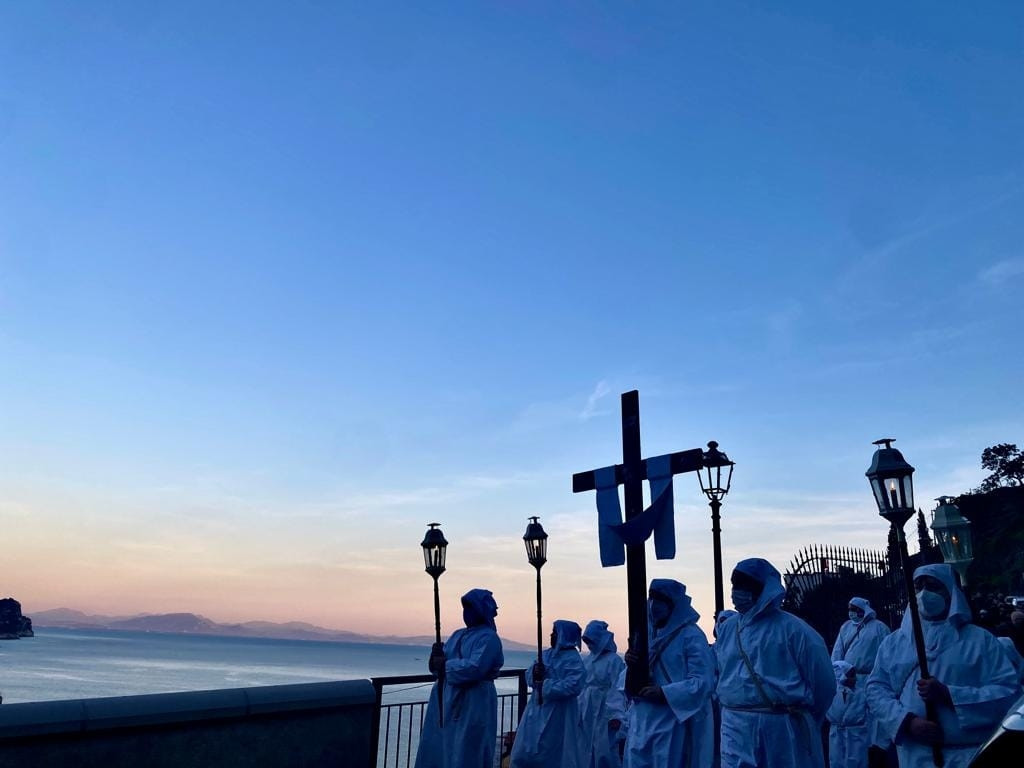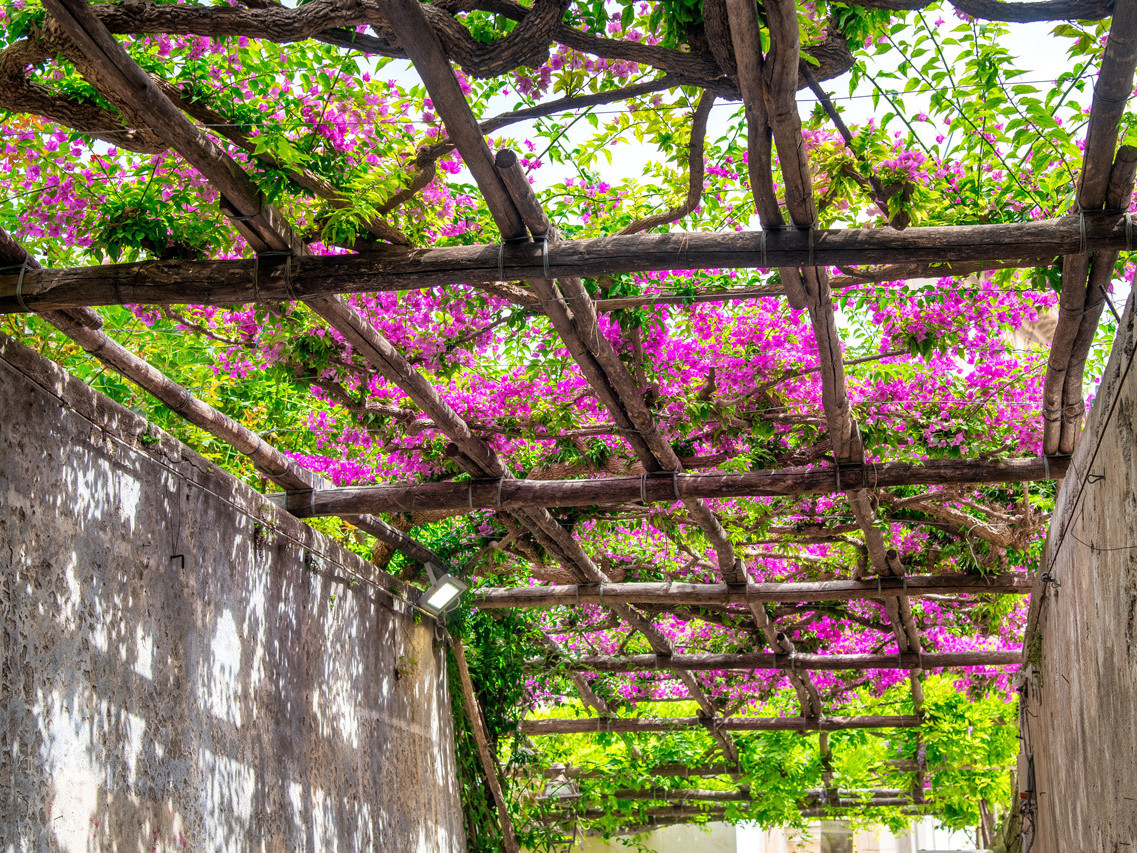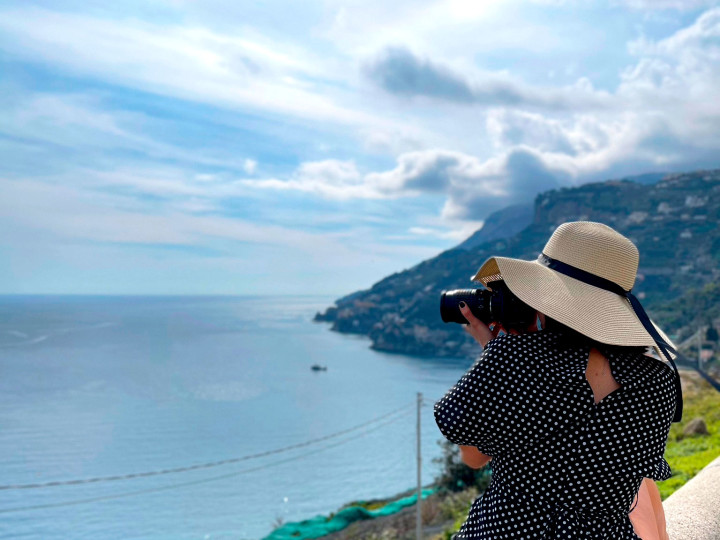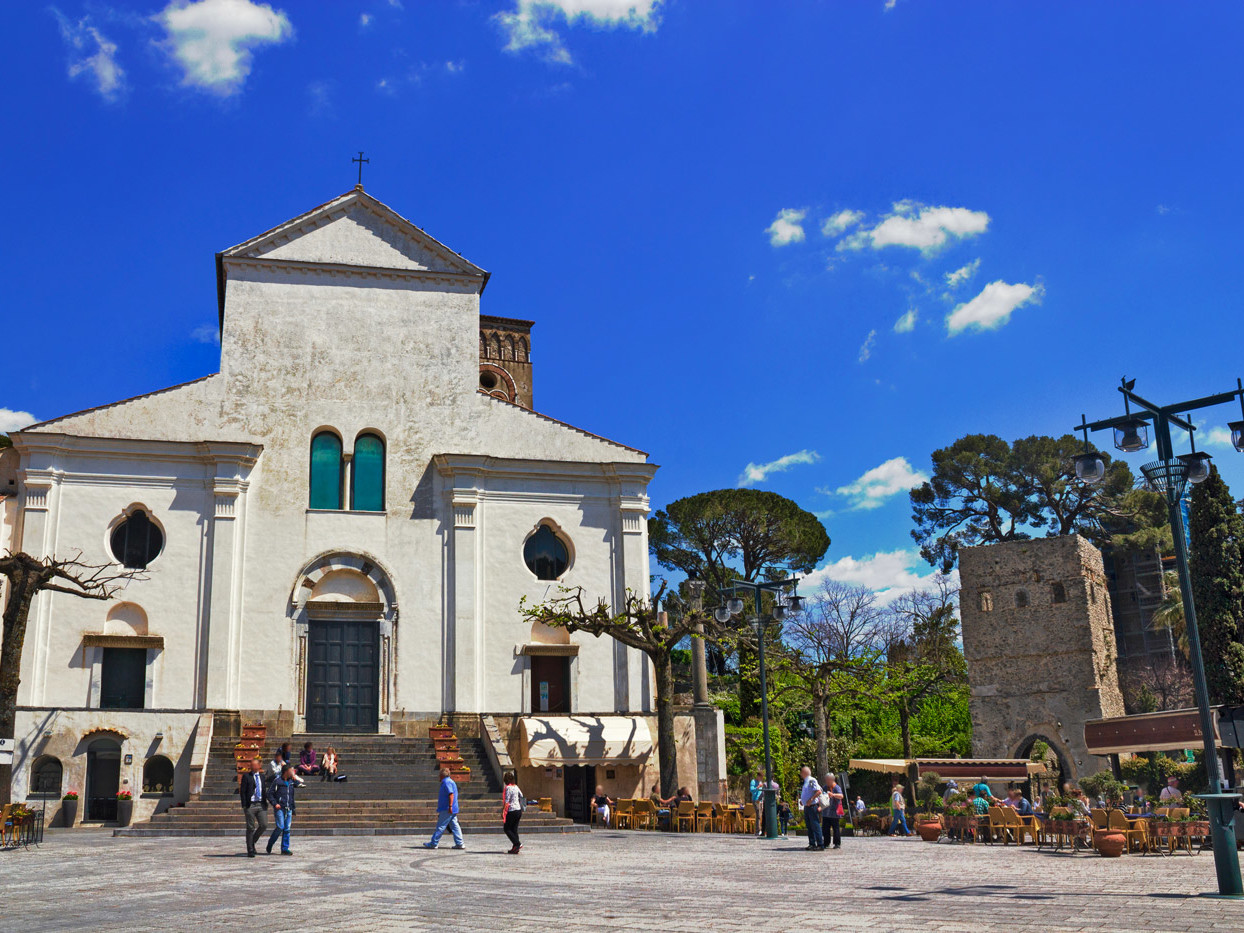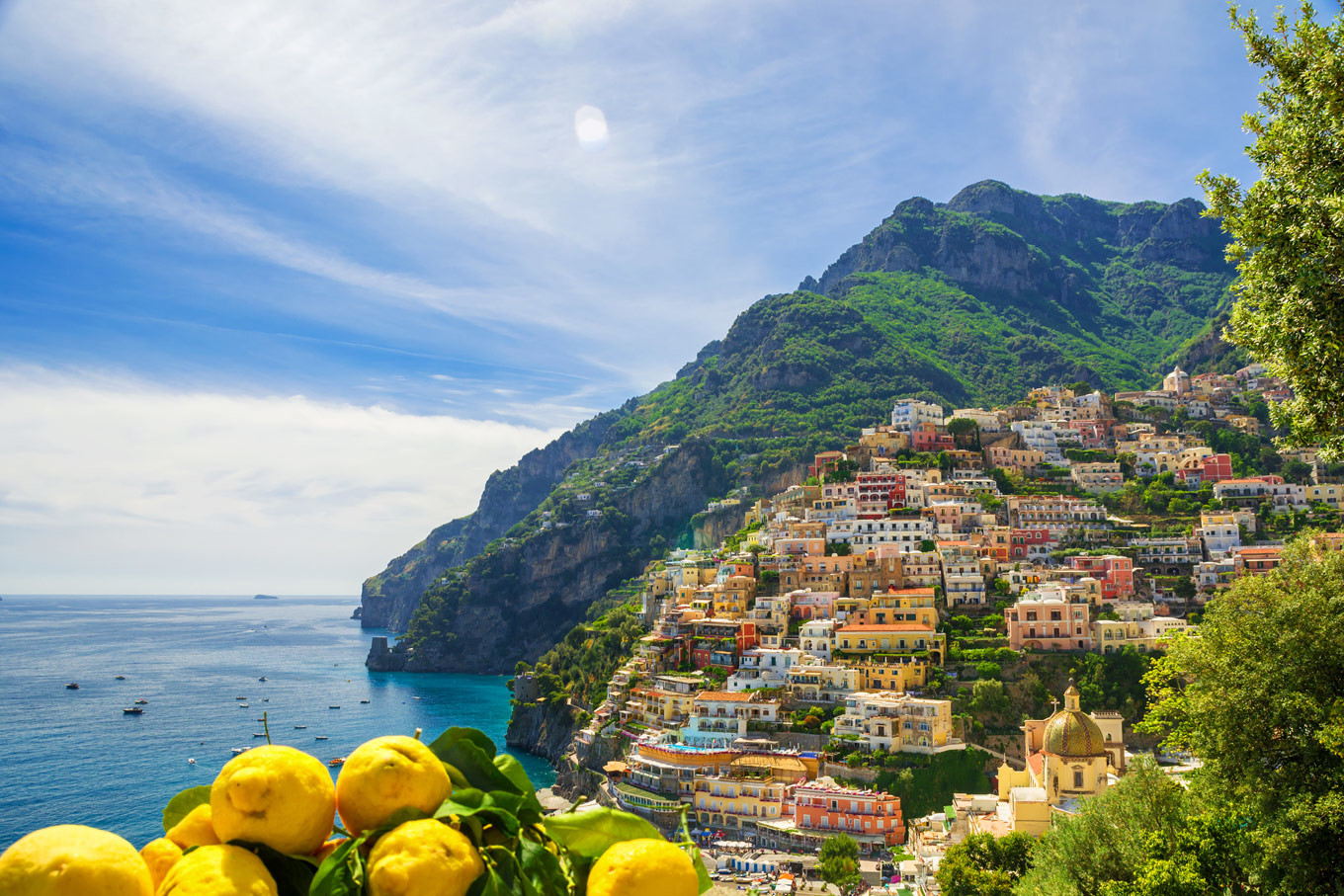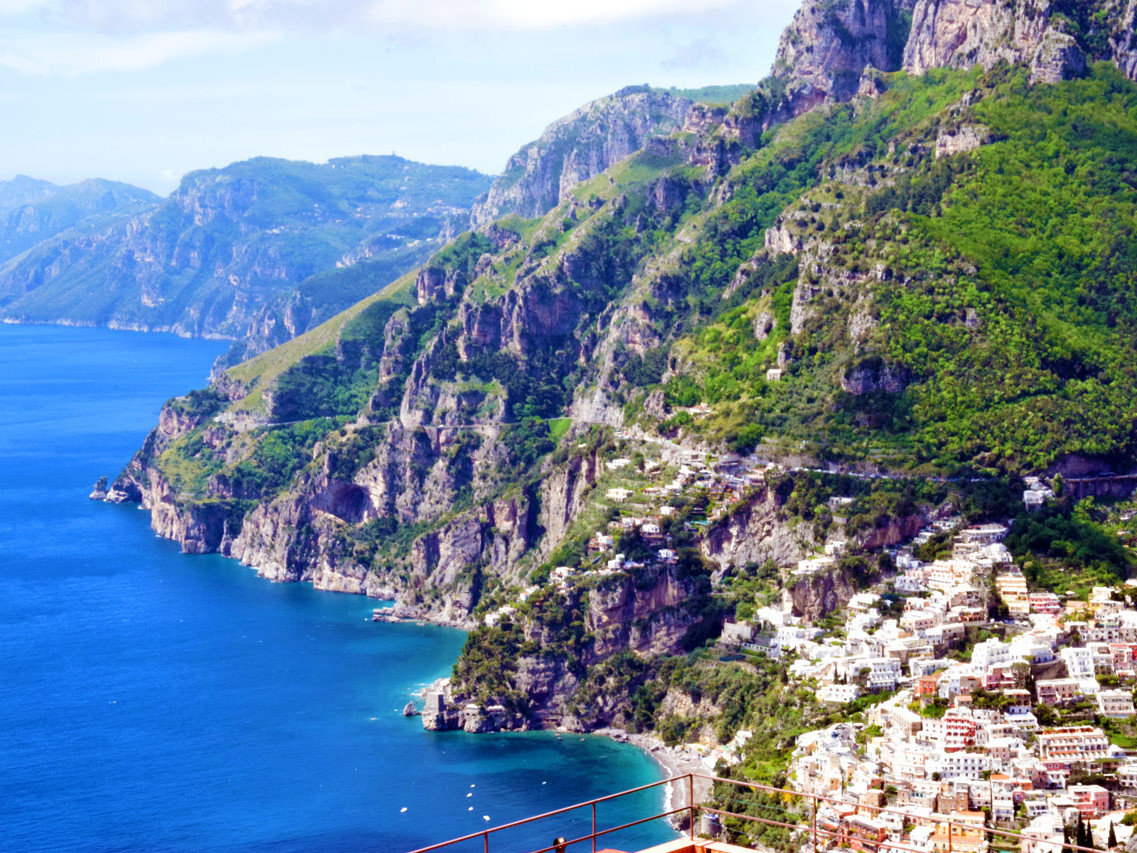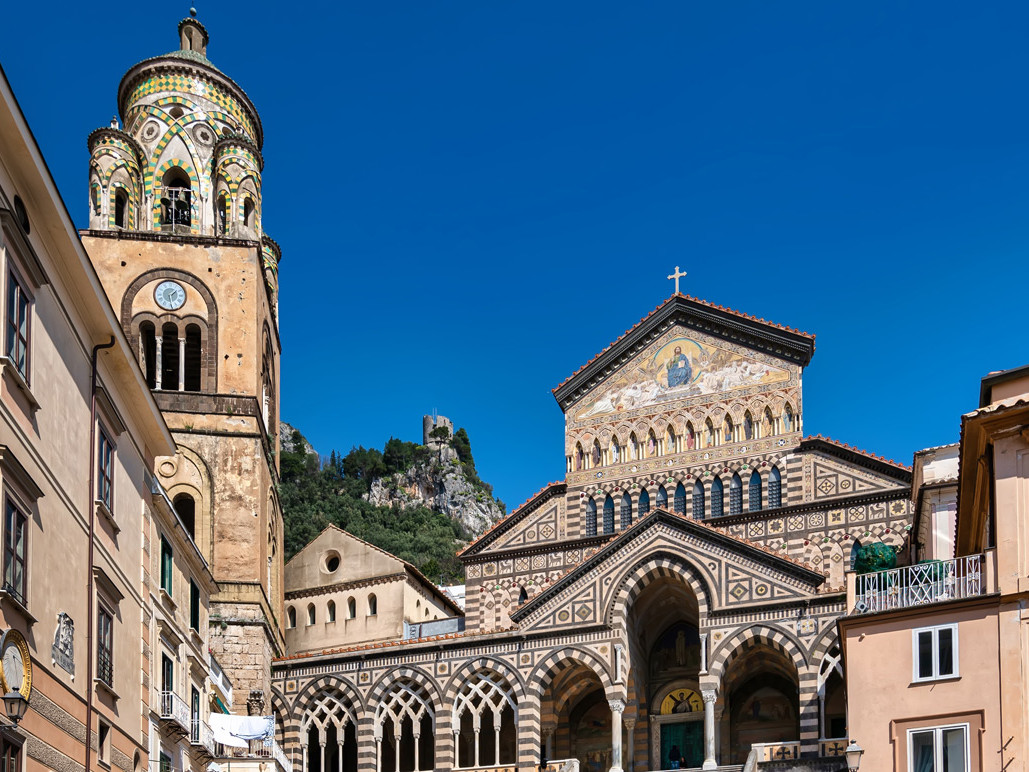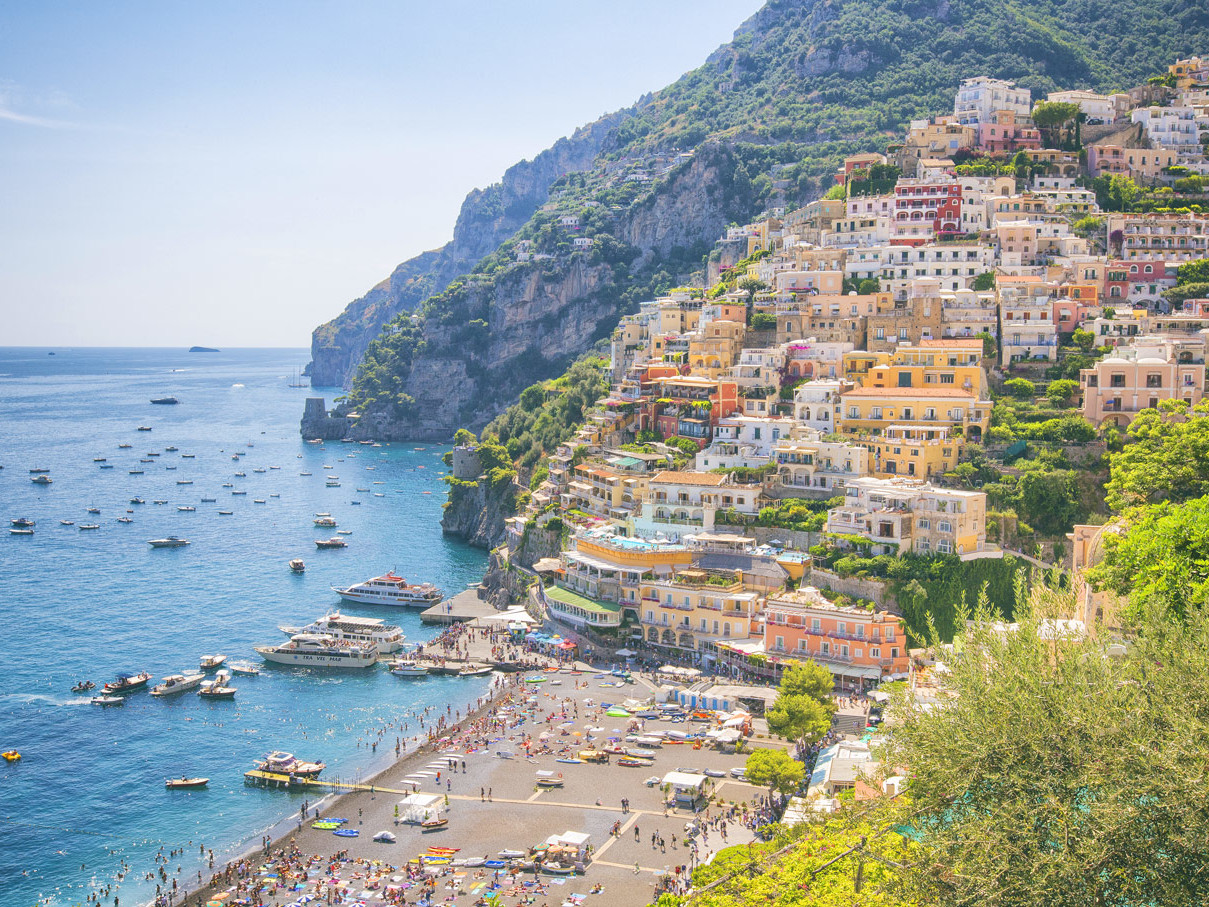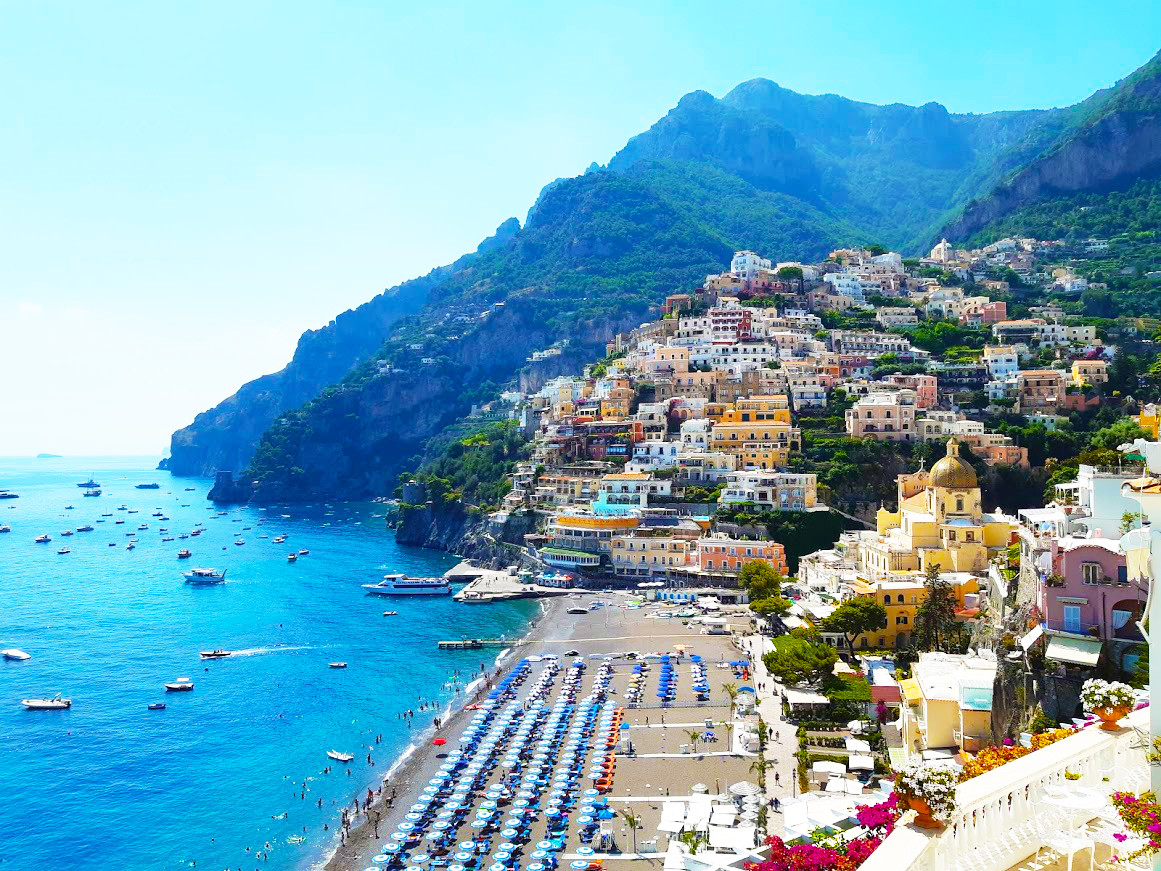POMPEII: THE RECOMMENDED ITINERARY FOR EXPLORING THE ANCIENT CITY
Crossing the entrance to the excavations of Pompeii takes you back to a distant time and place, frozen in the moment when the dramatic eruption of Vesuvius buried the city in 79 AD. Walking along its streets immerses every visitor in an enchanting experience in a magical place which, despite its tragic fate, has regained its wonderful everyday life.
Which domus, streets, and public buildings offer this opportunity? Find out by reading this short guide!
by Riccardo Troiano
Pompeii was only awakened from its centuries-long slumber in 1748, and in the years that followed, eminent archaeological directors such as Amedeo Maiuri defined its original appearance. Houses, shops, places of worship, and social buildings emerged, suspended in time on the day when Mount Vesuvius abruptly interrupted the activities and plans of the city's inhabitants. Furthermore, in the second half of the 19th century, the scholar Giuseppe Fiorelli divided Pompeii into regiones and insulae, allowing the individual sites to be precisely located.
share this article
Temple of Apollo
A walk through the past
The recommended itinerary suggests a tour that starts at the Amphitheater entrance and continues with a visit to the areas currently accessible, as indicated at this link.
REGIO II
Amphitheater. Dating back to the end of the 1st century BC, just a few years before the eruption of Vesuvius in 57 AD, the arena was the scene of a violent brawl between Pompeians and Nocerini during a gladiatorial show, also reported by the Latin historian Tacitus.
In addition, until January 31, 2026, visitors can admire the exhibition “Being a Woman in Pompeii” inside the Palestra Grande, which depicts the daily life of women without any social distinctions. Click here for more information.
Domus of Venus in the Shell. After passing through the various domestic rooms, you get to the splendid peristyle of this dwelling, which depicts the beautiful goddess Venus reclining in a shell. This corner offers a glimpse of serenity and tranquility, far from the hustle and bustle of the Via dell'Abbondanza, just outside the house.
After visiting the Domus of Octavius Quartio, immediately after the House of Venus, you can continue along Via di Castricio and reach the Domus of Menander.
REGIO I
Domus del Menandro. One of the most majestic residences in Pompeii, probably owned by a family related to Poppea, Emperor Nero's wife. A sumptuous entrance welcomes visitors, leading into the domestic garden, where the playwright Menander, after whom the domus is named, is depicted.
Domus dei Ceii. The electoral inscriptions on the entrance façade indicate that this elegant residence belonged to Lucius Ceius Secundus, who had run for the city's most coveted political office just one year before the eruption. The house preserves a fascinating fresco on a wall of the domestic garden, depicting a hunting scene involving various wild animals. On the side walls, moreover, are depicted Nile landscapes, indicating a probable link between the family and the Egyptian world and its religious cult, which became increasingly widespread in the Roman Empire from the 1st century AD onwards.
REGIO VIII
Large theater. Dating back to the mid-2nd century BC, it hosted the city's theatrical performances, becoming a hub of entertainment and social life.
Triangular forum. Ancient sacred site of the city: it houses temples dedicated to the goddess Athena and the hero Hercules.
REGIO VII
Lupanare. A cramped environment where prostitutes practiced their profession. It attracts numerous visitors, intrigued and captivated by the erotic paintings on the walls.
Forum. The beating heart of the entire Vesuvian city, where religion, political and judicial administration, and commercial activities were merged into a single space. Walking through this large square allows you to feel part of the same frenzy that animated this place centuries ago.
Forum baths. Luxurious rooms, arranged one behind the other, characterized this place of conviviality, where men and women were separated, in accordance with the hygiene regulations in force.
REGIO VI
Villa of the mysteries. Beyond the city walls stands one of the most enchanting residences, which takes its name from its main room, the triclinium (the dining room). This room features wonderful frescoed walls, which probably depict the initiation rite into the mystery cult of Dionysus. It should be noted that the term “mystery” describes the small number of followers who adhered to such sacred rituals.
House of the Faun. One of the largest and most luxurious houses in the city, it is so named because of the presence of a bronze statue of a dancing satyr in the main atrium. One of the rooms along the entrance hall houses the fascinating mosaic depicting the Battle of Issus in 333 BC (the original is preserved in the National Archaeological Museum of Naples). The main protagonist is the Macedonian leader, Alexander the Great, as he pursues the Persian king, Darius, who is fleeing from the battle, almost as if he were stepping out of the representation itself.
House of the Vettii. One of the most fascinating houses in Pompeii, it was home to the Vettii brothers, former slaves who had accumulated considerable wealth through trade. They displayed their newly acquired opulence and luxury by decorating every room of their residence in a flamboyant style.
REGIO V
Casa delle Nozze d’Argento (House of the Silver Wedding). This residence takes its name from the celebration of the twenty-fifth wedding anniversary of King Umberto I and Queen Margherita I of Savoy in 1893. The imposing entrance hall indicates the high social status of the family who lived here, further emphasized by the bright colors that adorn the various rooms.
REGIO IX
Insula of the Chaste Lovers. This neighborhood stretches along Via dell'Abbondanza and includes a bakery, an inn, and a residence. Each building underwent renovations following the violent earthquake that caused extensive damage to the city in 62 AD. The insula takes its name from one of the frescoed panels, depicting a joyful banquet in which two lovers exchange a chaste kiss.
Therefore, a single step in Pompeii makes it possible to escape our daily routine. We will discover a past that still amazes and astonishes us, and finally gives us a glimpse of an ancient reality that continues to shape our present.
share this article
- With Travelmar, you can easily reach Pompeii from the Amalfi Coast! Click here to find out how.






